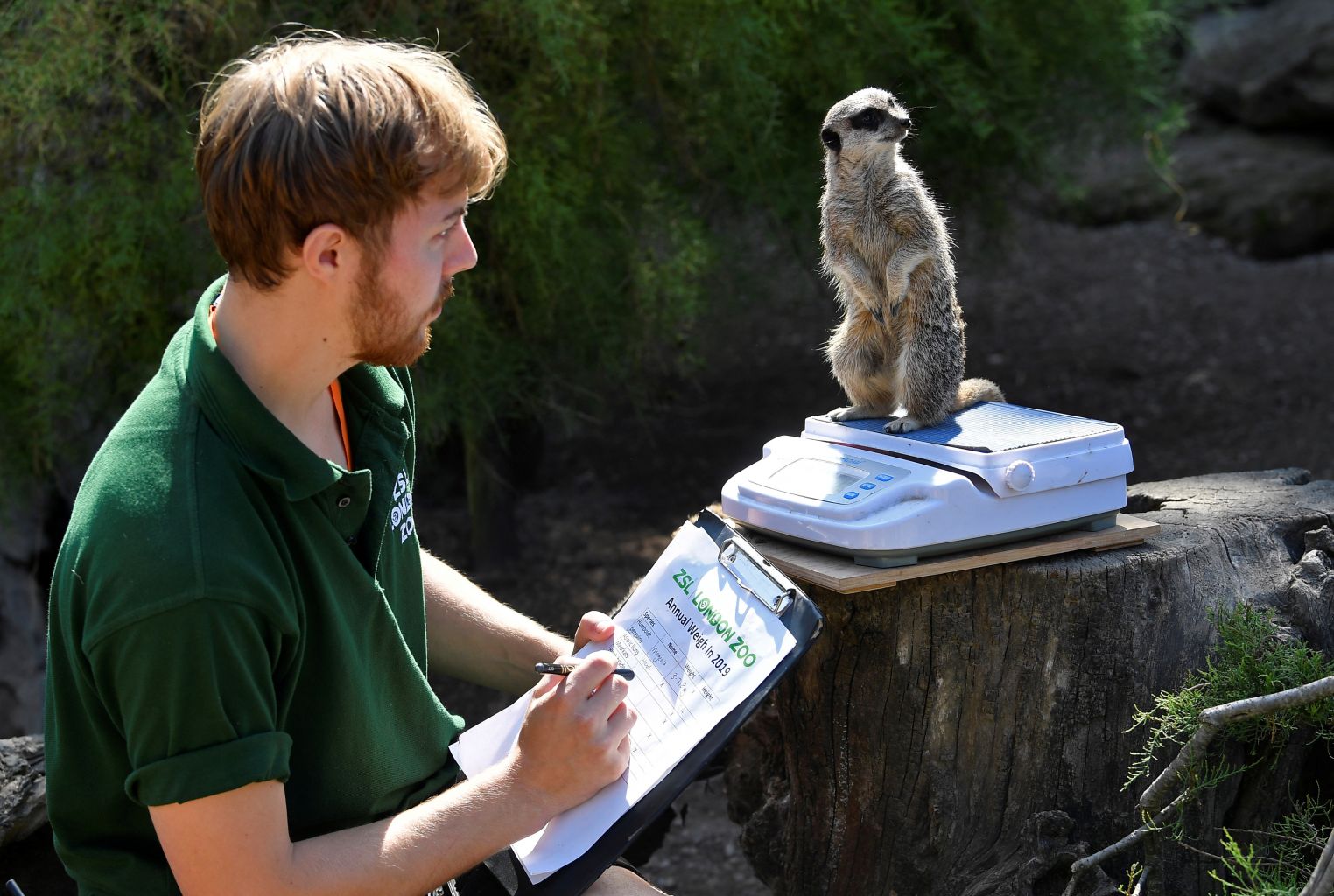“We want to give animals a voice, because they can’t speak to us. We can give them the chance to show us what they need.” Jim Mackie
Young journalists from Haverstock School talk to Jim Mackie, Animal Training and Behaviour Officer at ZSL London Zoo
We asked Jim Mackie how he goes about training the animals in ZSL London Zoo.
JM: The good thing about training is that it’s a science, like gravity. All living organisms learn the same way; we use that science and we stick to the rules. 94% of the training relies on food. The animal learns to accept the cue for food. We do this to enrich their daily activities and encourage natural behaviours as well.
Times have changed. For instance, general anaesthetics are no longer always needed for simple health checks at London Zoo. Even the lions and tigers now willingly give their paws to have blood taken.
Jim told us about how he started out, by training raptors:
JM: I just knew I had to work with the animals.
The first animal he trained was a meerkat called Mara:
JM: I was teaching Mara how to follow a target and stand up on cue. But she was teaching me too, by showing me what did and didn’t work for her.
The Zoo’s animal behaviour training hasn’t just had an impact in this country. A WWF conservation project in Kenya used tracking data for their African Wild Dogs (AWD) to help protect them, but when the dogs went underground they lost contact. The Zoo trained their AWD dog pack to wear tracking collars through crate training; over a period of time the dogs learned to accept the collars. The Kenyan AWDs learned the same procedure and then the conservators could follow the dogs underground.
Tell us about monkeys. How long did you observe and get to know the monkeys before the design of the new environment and the huge move to the Colobus Monkey enclosure?
JM: We started the project in 2017 and we didn’t welcome visitors until 2022. We spent all that time doing what we call behaviour studies of the animals, so we could understand how they responded to humans and be ready to say, ‘Yes, these animals are happy in their environment!’
We visited Monkey Valley, where the monkeys live. We were close to the monkeys but felt safe and could see how happy they are in their new home.
Salwa (Year 7) and Malachai (Year 9)
Thank you, Jim, and everyone at ZSL for this interview.



